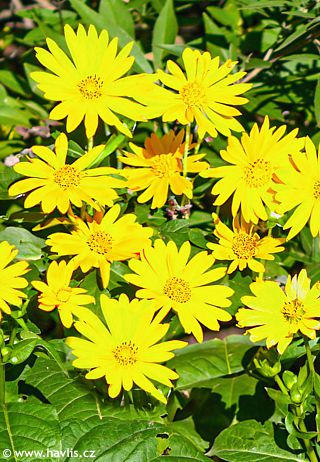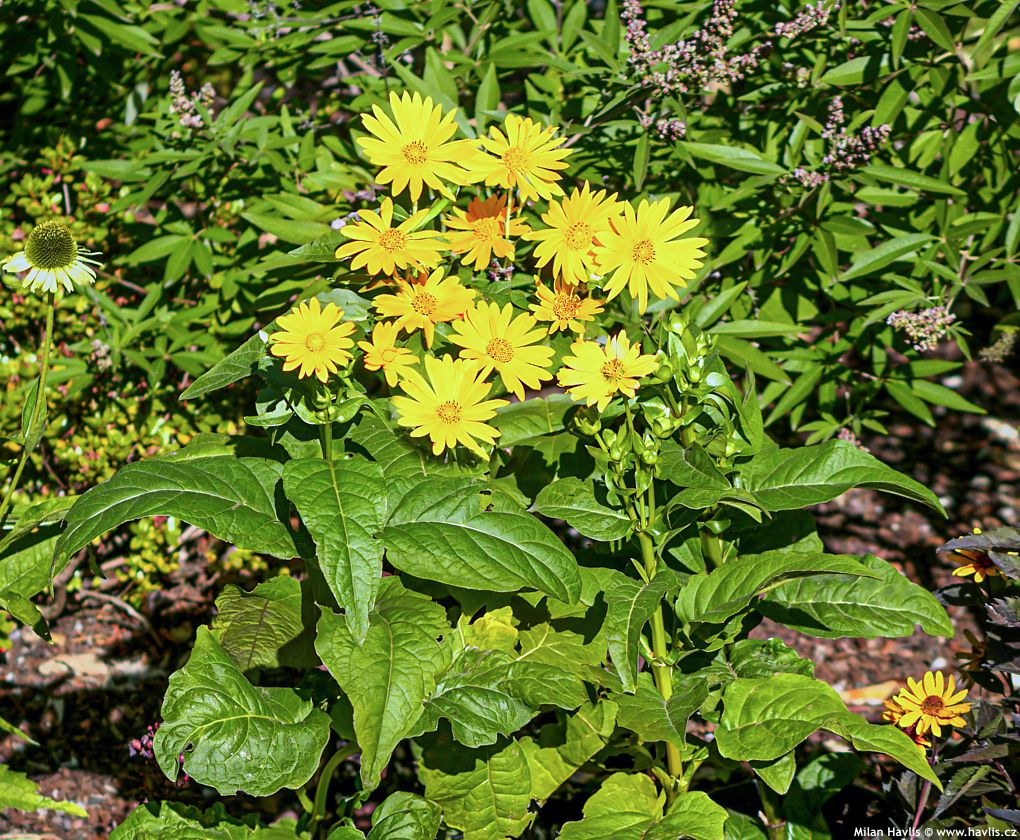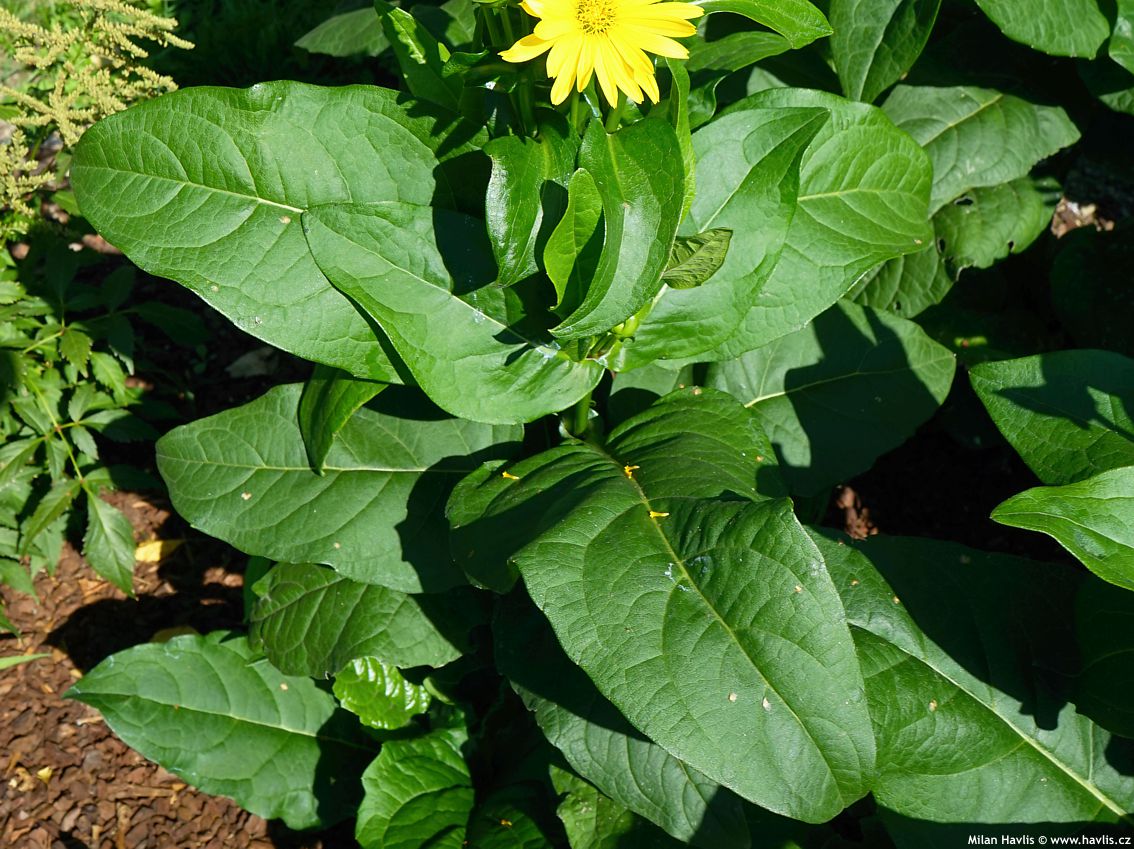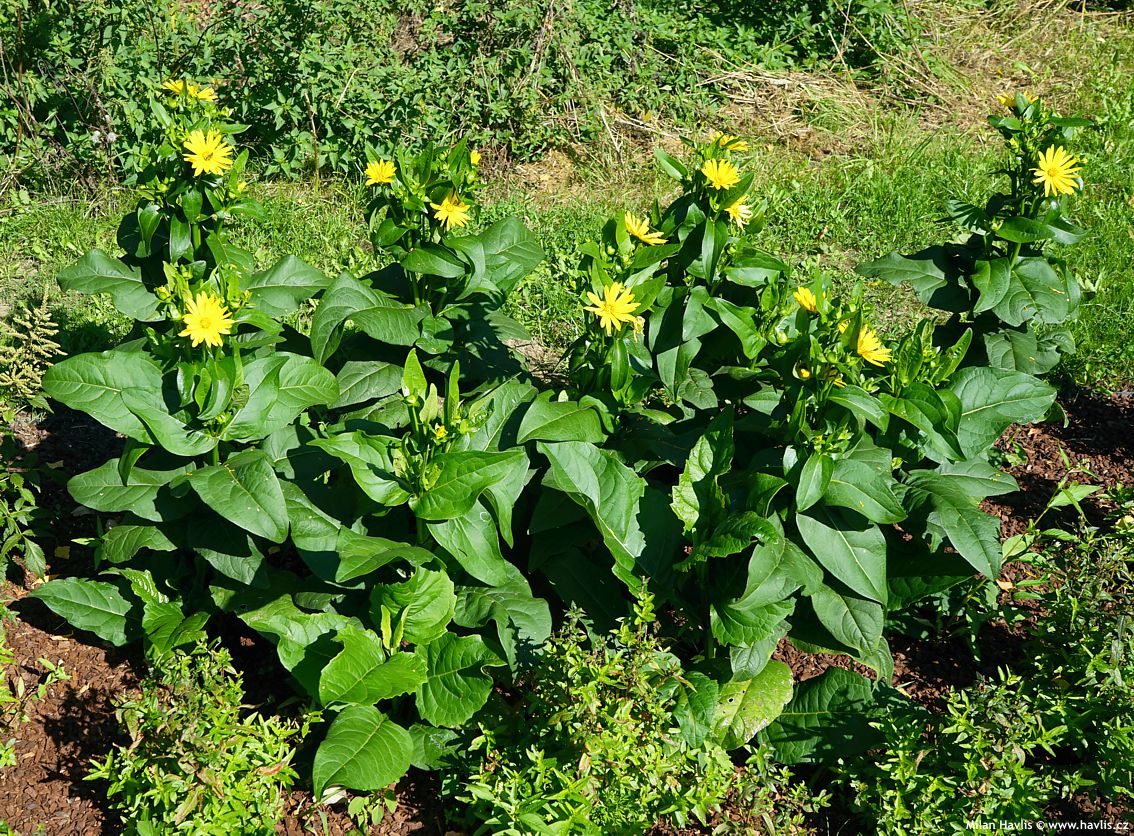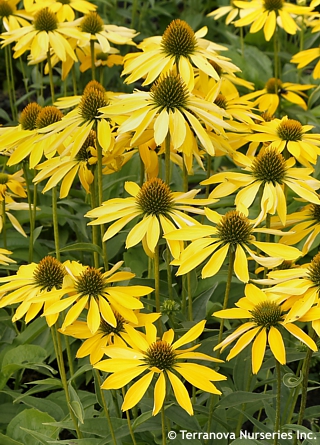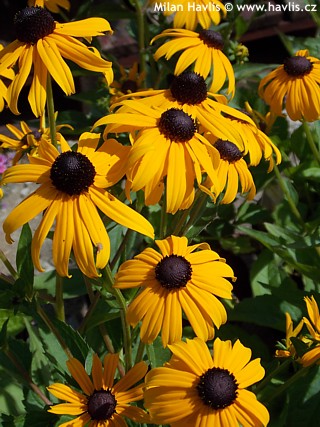Silphium 'MAYA' cup plant
size/type
mid-sized perennial,mid-sized perennial
usual height
0,6-1m
usual width
0,4-0,6m
leaves
deciduous broadleaf
colour of leaves
flowers
showy
colour of flowers
blooming time
August-September
location
full sun
soil type
neutral to alkaline
soil moisture requirements
evenly moist (dislikes drought)
USDA zone (lowest)
3 (down to -40°C)
winter protection
for zone 5+6

for zone 7

categorized
Silphium
Cup plant is a tall and stout perennial from the Asteraceae family that comes from a wide range in North America, from Ontario in Canada to Georgia in USA. It is a hardy and long-lived herbaceous plant that tolerates various adverse conditions – drought, temporary waterlogging, severe frost, salinity, and even poor-quality soil. In addition to its use in ornamental gardens, it is also experimentally grown for biomass for production of gas and was once used in the Soviet Union as field fodder with high yields as it crops twice a year.Description of the plant:
Maya is the sunshine of the second half of summer. It is a hybrid variety of cup plant that will offer the same beauty as the botanical species, but a much smaller height of not even a meter. It makes bright yellow, daisy-like, large flowers with up to 10 cm, composed in terminal panicles. They begin to bloom from mid-August and continue until late September in C.E., sometimes even longer. Long before flowering, the plant is impressive with its extremely large, up to 35 cm long and 15 cm wide leaves. They are deep green, opposite, triangular-shaped and form a dense mass at a height of 30-50 cm above the ground, while the flower stems rise to a height of 80 cm. In dry soils, lower leaves may be prone to drying in late summer.Cup plant prefers open locations with plenty of sun and fertile soil that will not be permanently waterlogged, but he does not mind occasional waterlogging. It copes well with heavy clay soil because it contains a lot of nutrients, thanks to which it will offer more vigorous growth, profuse flowering, and larger leaves. Once established it doesn't mind summer droughts. Its root rhizomes spread slowly forming congested colonies which is used in mass plantings spaced 30-40 cm apart. Cut back all above-ground parts in late winter. Hardy to approx. -40 °C.
Last update: 12-09-2023
QUICK PRICE OVERVIEW
CURRENTLY SOLD OUT
WANT TO TRY A SIMILAR PLANT?












